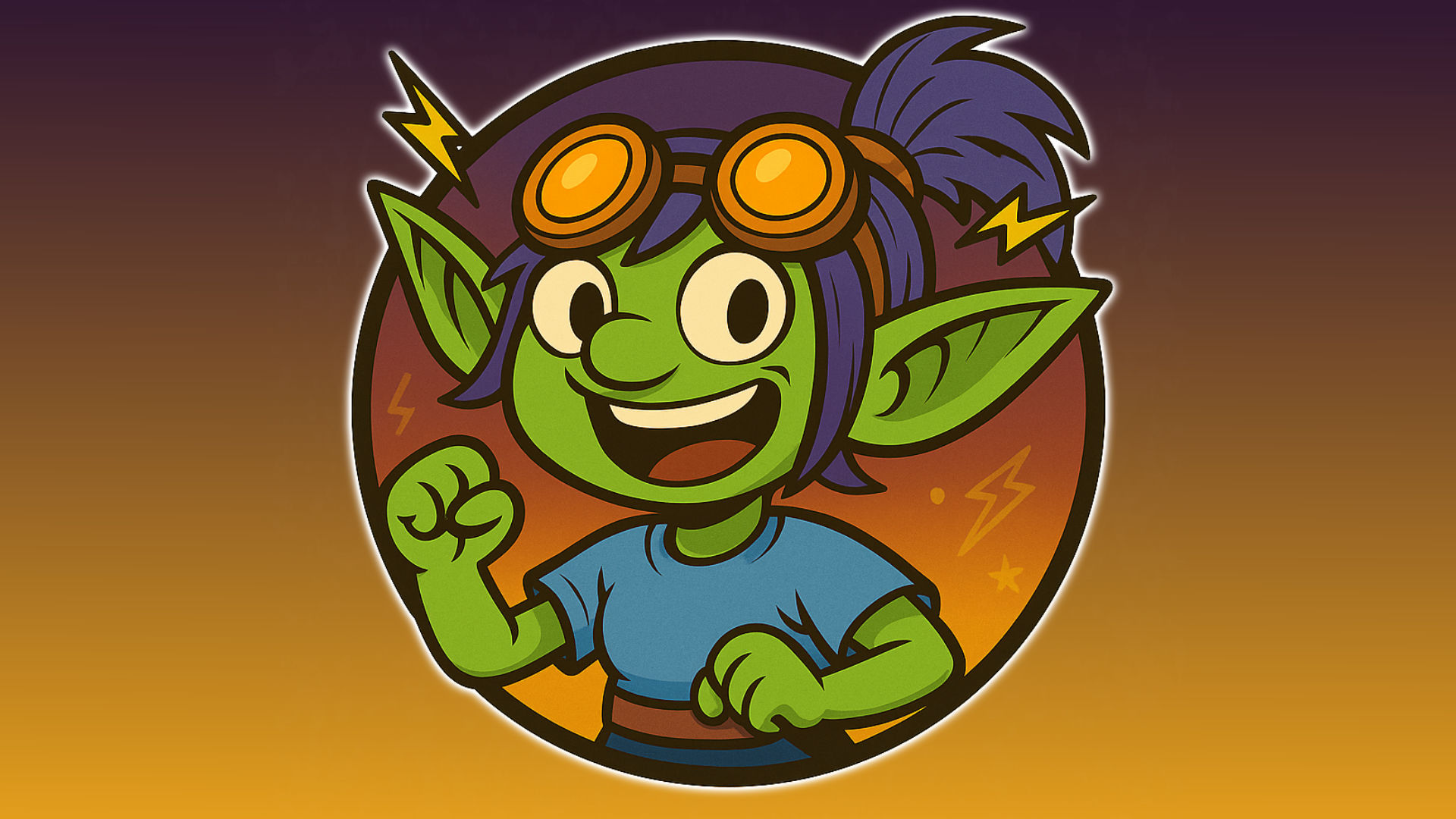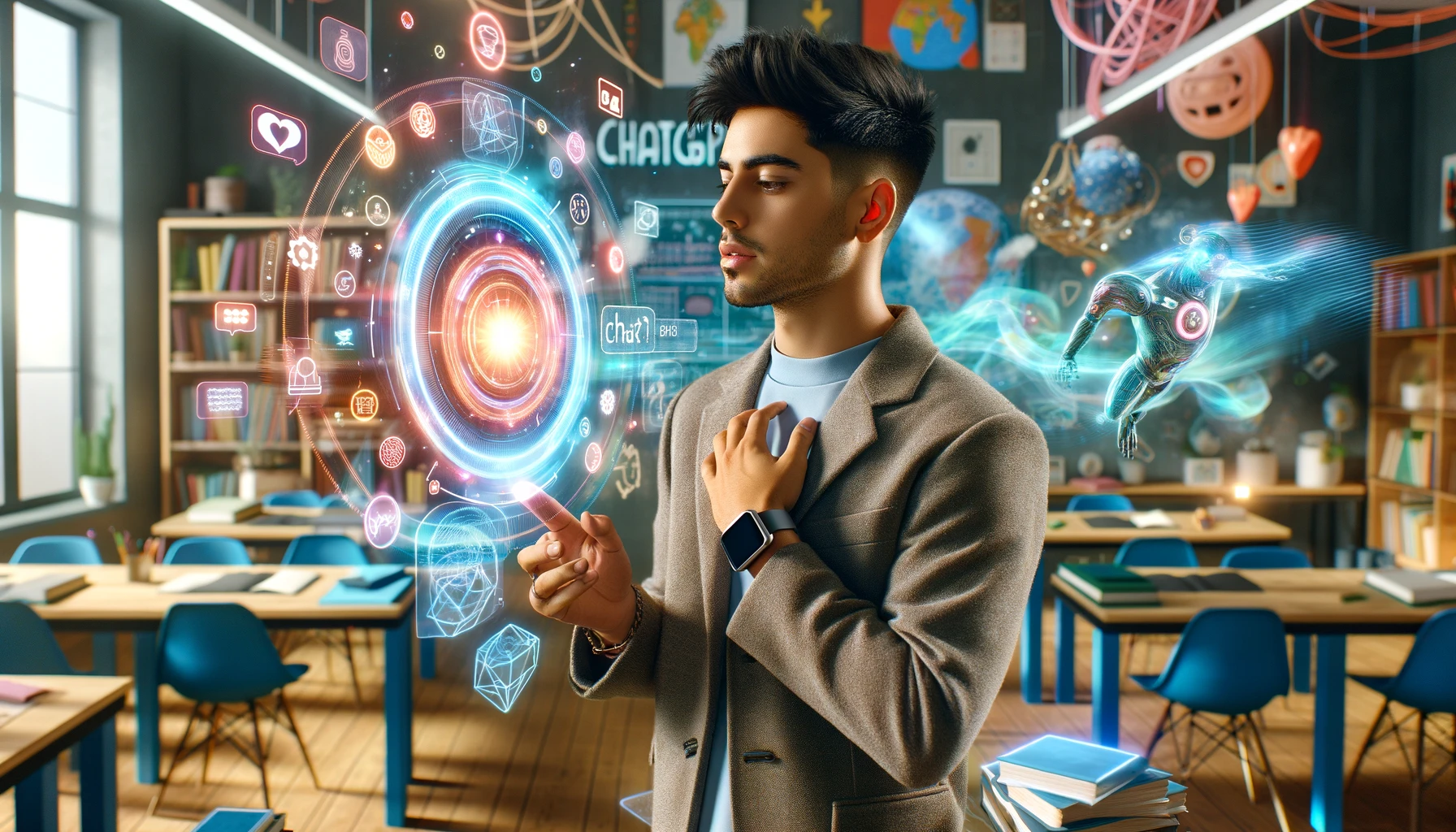
 John Moravec
John MoravecMotivation is something we create with students, not something we do to them
Thomas Arnett’s piece “AI can personalize learning. It can’t make students care” makes a compelling case that adolescent motivation is deeply social and that AI, however powerful, can’t replace the human need for recognition and belonging.
OK, I agree in part, but let’s interrogate the deeper assumption: That students must be motivated externally before they can learn.
The article falls flat here with a managerial view of learning. It treats young people as motivationally inert, waiting for just the right teacher, tech, or social incentive to spark them into action. But that’s a reductive view of how learning actually works.
This logic, whether dressed up in cognitive science, adolescent psychology, or “Jobs to Be Done” theory, keeps education locked in a managerial mindset. It positions learners as passive recipients of incentives, waiting for the right cocktail of social approval, teacher charisma, or gamified AI nudges before they’ll engage. That’s behaviorism with a Wi-Fi connection. No wonder kids find schools to be irrelevant, disconnected, and deadening.
Kids are already motivated. They learn rapidly, constantly, and joyfully. That is, until we put them in systems that treat learning as a performance, rather than a meaningful process. The real crisis is our continuance of an institutional design that suppresses autonomy, curiosity, and relevance under the guise of accountability.
Intrinsic motivation (curiosity, play, the drive to solve problems that matter) exists in many visible ways. We see it in how young people dive into music, coding, skateboarding, or organizing around social issues. The problem isn’t that they lack motivation. The problem is that school ignores or suppresses it by funneling learning into disjointed subjects, rigid timetables, and assessments that reward compliance over creativity.
We don’t need AI that mimics scarcity or assigns value like a digital drill sergeant. We need learning ecosystems where students are trusted to care and given real tools and agency to build futures that matter.
Because the goal shouldn’t be to motivate kids to learn what we prescribe. We need to enable them to build a world where what they want to learn is possible.



